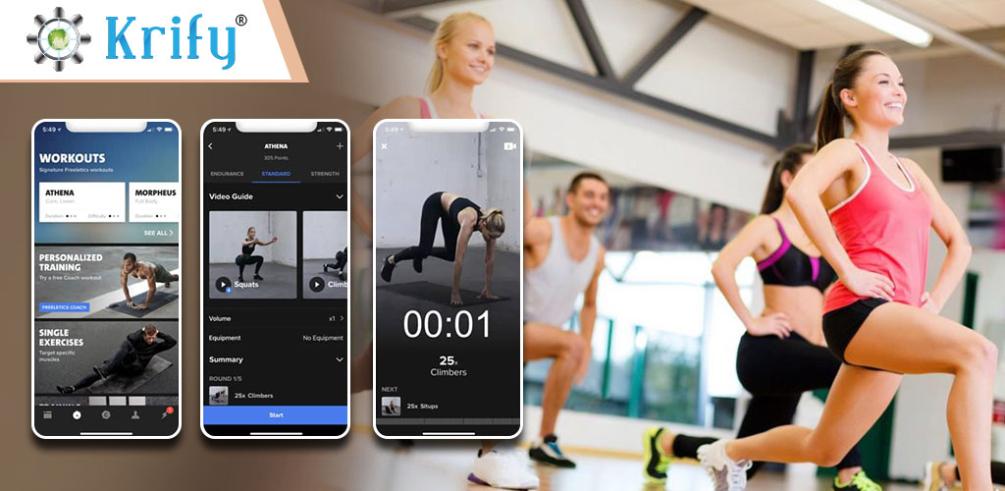Tailoring Fitness Apps to Home Tenants: Addressing Unique Needs and Challenges
With the increasing number of people renting homes, the need for fitness apps that cater to their unique needs and challenges has become more apparent. Home tenants often face space constraints, shared amenities, and busy schedules, making it difficult to maintain a consistent fitness routine.

Understanding The Tenant Lifestyle
Home tenants have specific characteristics that impact their fitness routines. They often live in smaller spaces with limited room for exercise equipment. Additionally, they may share amenities with other tenants, such as a gym or pool, which can limit their access to these facilities. tenants often have busy schedules that make it challenging to find time for fitness.
Challenges
- Space constraints
- Shared amenities
- Busy schedules
Tailoring Fitness Apps To Tenant Needs
Fitness apps can be tailored to address the unique needs of home tenants. Here are some key considerations:
Space Constraints
- Recommend apps that offer home-based workouts requiring minimal equipment, such as bodyweight exercises or yoga.
- Highlight features that allow for customization of workout intensity and duration, enabling tenants to adjust workouts to their available space.
Shared Amenities
- Suggest apps that provide workouts suitable for shared spaces, such as yoga or bodyweight exercises.
- Discuss the importance of noise reduction and privacy features to minimize disturbance to other tenants.
Busy Schedules
- Identify apps that offer quick and convenient workouts that can fit into busy schedules.
- Emphasize the value of scheduling and reminder features to help tenants stay on track.
Addressing Tenant Challenges
In addition to tailoring fitness apps to tenant needs, it is essential to address the challenges they face.
Motivation
- Suggest apps with social features to foster community and accountability.
- Highlight the benefits of personalized progress tracking and rewards to keep tenants motivated.
Accessibility
- Discuss the importance of apps that are compatible with various devices and internet speeds.
- Explore the availability of free or low-cost options for tenants on a budget.
Safety
- Emphasize the need for apps that provide clear instructions and safety tips.
- Recommend apps that allow users to share their workouts with friends or family for added safety.
Case Studies And Success Stories

Numerous home tenants have successfully used fitness apps to improve their health and well-being. Here are a few examples:
- Sarah, a tenant in a small apartment, used a fitness app to find home-based workouts that required minimal equipment. She customized the workouts to fit her limited space and busy schedule.
- John, a tenant in a shared house, used a fitness app that provided workouts suitable for shared spaces. He also utilized the app's noise reduction feature to minimize disturbance to his housemates.
- Mary, a tenant with a hectic work schedule, used a fitness app that offered quick and convenient workouts. She scheduled workouts into her busy day and used the app's reminder feature to stay on track.
Tailoring fitness apps to the unique needs of home tenants is essential to help them achieve their fitness goals. By addressing space constraints, shared amenities, busy schedules, and other challenges, fitness apps can empower tenants to live healthier and more active lives. Home tenants are encouraged to explore fitness apps and find one that meets their specific requirements, enabling them to overcome the challenges of their lifestyle and prioritize their well-being.
YesNo

Leave a Reply